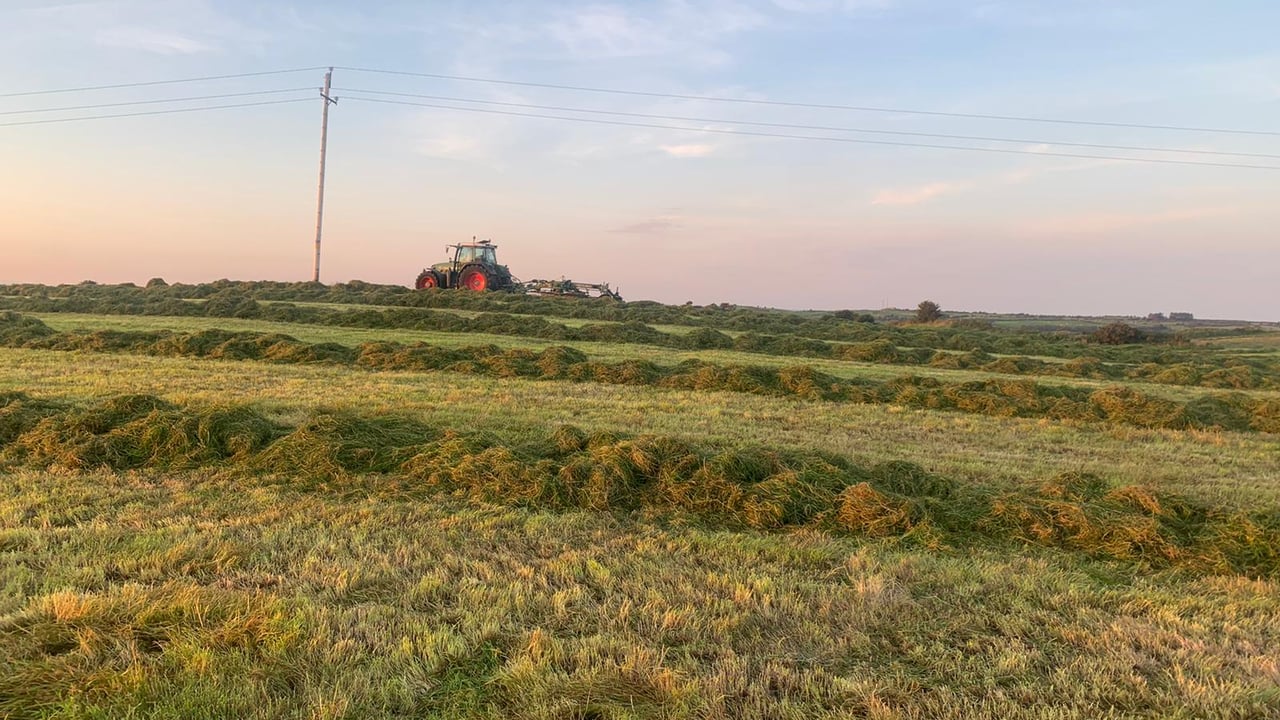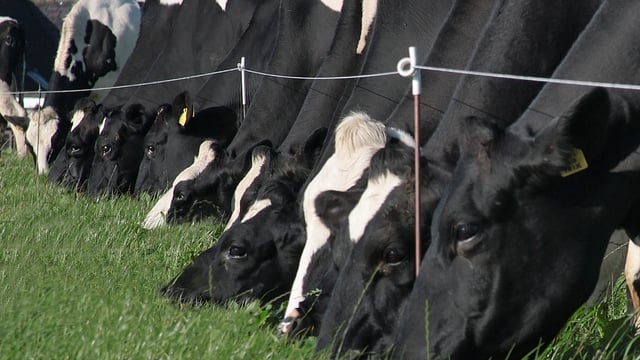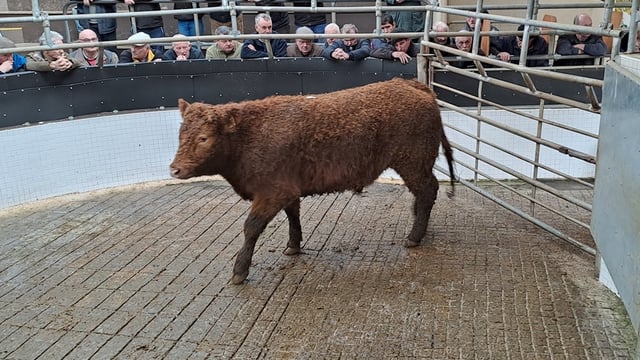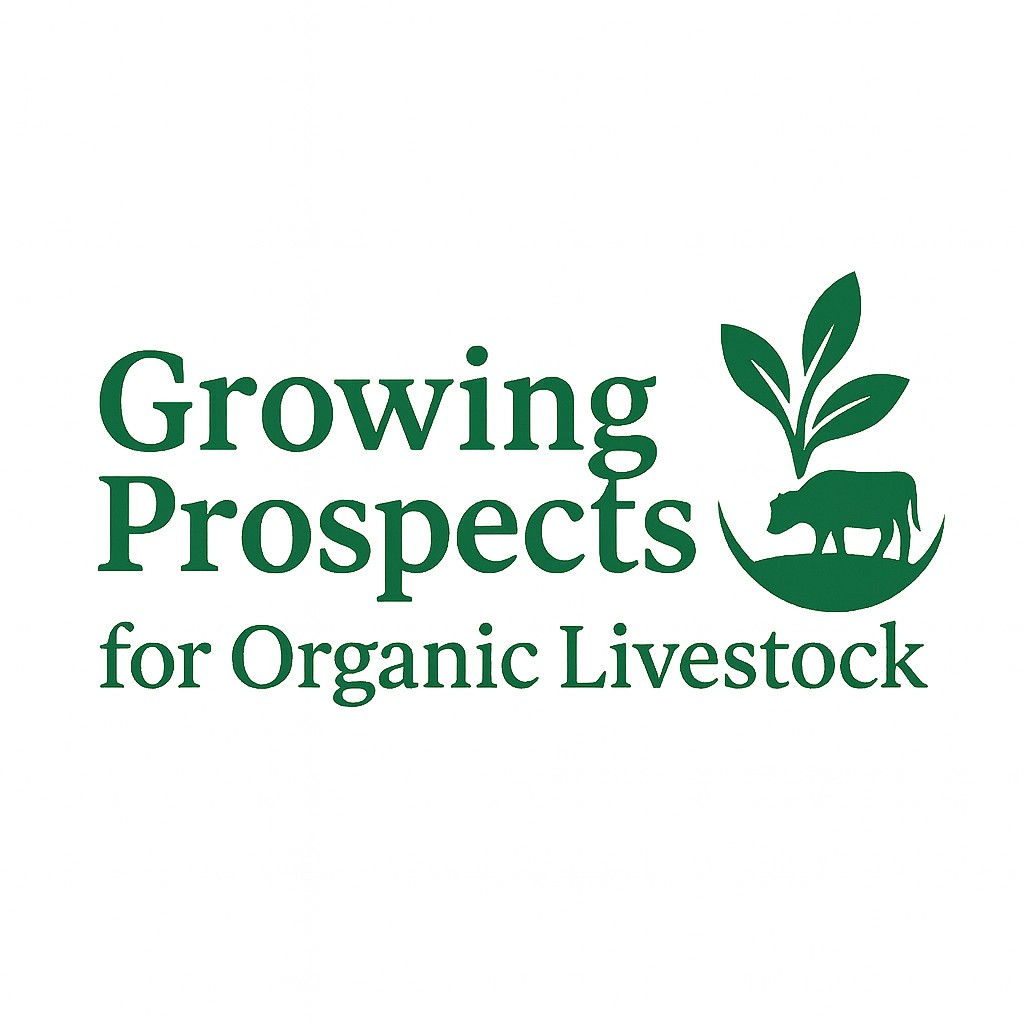How to target 'high-quality silage' for sheep farms this winter - specialist
Sheep specialist at Teagasc, Damian Costello, shared key advice to ensure that there is enough "high-quality silage" produced for sheep next winter.
Dry matter digestibility (DMD) is one of the key factors influencing silage feed value.
Costello gave practical tips on providing enough high DMD (target 75%) silage for sheep during winter housing.
The guideline silage requirement for the average lowland ewe is 0.15 tons pit silage/ewe/month, or 0.19 bales/ewe/month. Budget for 15 to 16t pit silage or 19 to 20 bales/100 ewes/month.
Where rotational grazing is practised, some or all of the sheep silage requirement will be met from removing heavy grass covers as high-quality surplus bales.
The quality of the batches should be determined by analysing silage samples, ideally, sheep should be offered high feed value silage right throughout the housing period.
According to Costello, key points to follow include:
- Do not mow too bare to avoid ensiling dead material and the risk of soil contamination;
- Ensure that mowers and tedding machines are set at the correct height to avoid rooting up soil;
- Where soil contamination may be an issue due to poor ground conditions at harvest, identify the silage that is not to be fed to the sheep;
- Target 25% DM at ensiling for pit silage and 30% DM for bales;
- Surplus bales or light crops should be baled and wrapped relatively soon after cutting;
- Ensure silage pit is covered and fully sealed. With bales, extra layers of plastic wrap combined with careful handling and storage will help ensure air is totally excluded from the bale;
- Do not allow birds or other vermin damage your silage clamp or bales and do not forget to repair any bales damaged in transit to avoid mould and wastage.
Costello stated that if clods of soil end up in silage (pit or bale), there is a risk that sheep could feed on this silage and ingest the bacteria that causes listeriosis.
It is important to check phosphorous (P) and potassium (K) requirements based on most recent soil analysis, making sure to not exceed P allowances.
Costello recommends to apply up to 100 to 120kg/ha of nitrogen (N) in the form of a compound or protected urea, allowing that 30% of N previously applied for grazing will still be available to the plant.
He added that reducing chemical N applied at closing will enable earlier harvesting and reduce the risk of crop lodging pre-harvest, which can negatively impact digestibility.





